Creative SoundBlaster X5 review: great for gamers
The SoundBlaster X5 is a headphone amp, DAC and gaming sound card rolled into one
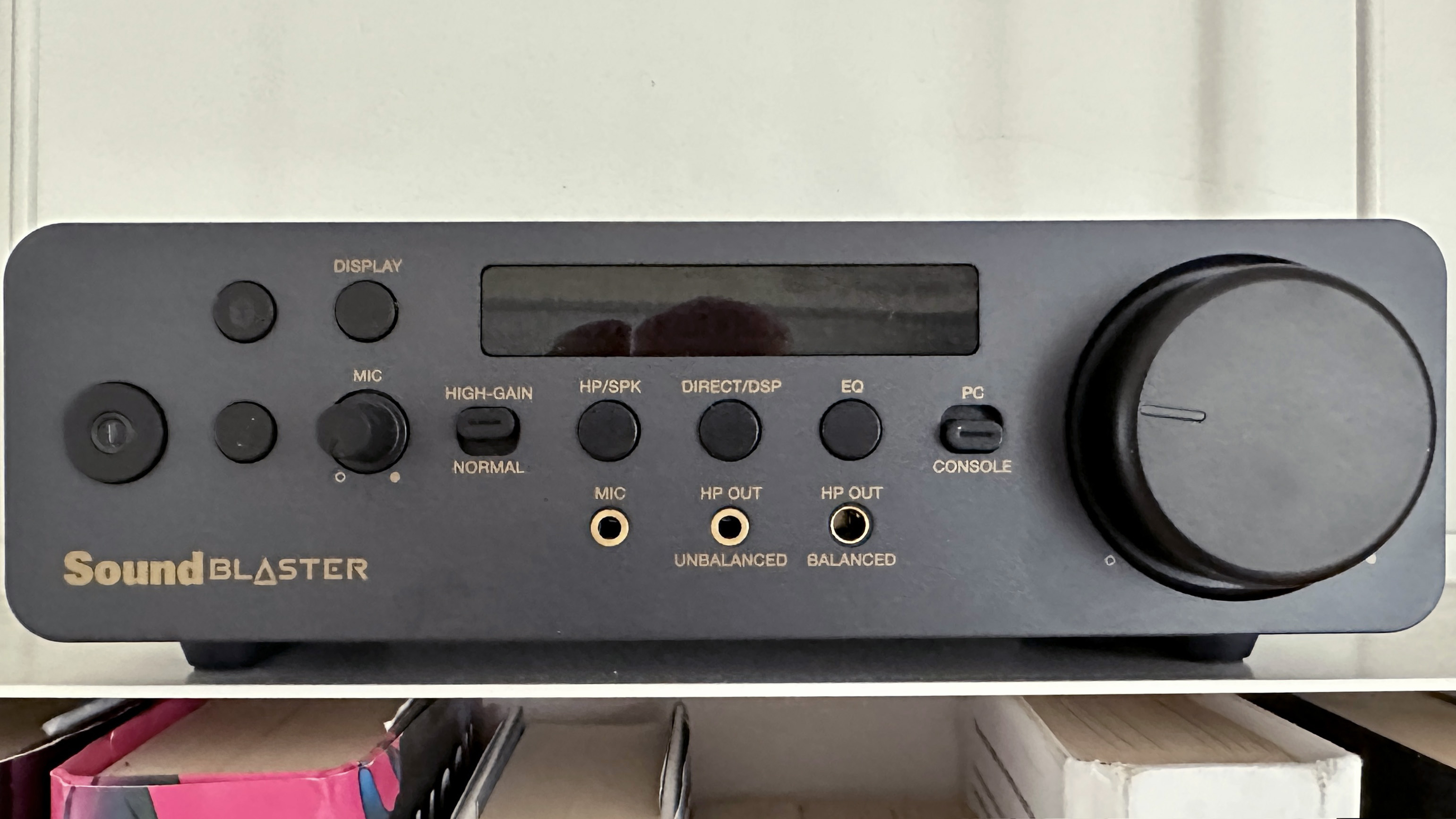
If it’s functionality you crave, don’t look any further than the Creative SoundBlaster X5 - which blends being a headphone amp, DAC and gaming sound card all in the one product. However, you’ll have to make some accommodations where performance is concerned - but if you can then this unique prospect is potentially great for gamers in particular.
-
+
Headphone amp, DAC and gaming sound card in one
-
+
Can sound open, balanced and detailed
-
+
Extensive customisation options
-
-
Lives or dies by the quality of its power supply
-
-
Feels less expensive than it is
-
-
Noisy headphone sockets
Why you can trust T3

We all want to give our desktop audio experience a bit of a boost, don’t we? The sheer number of products that are designed to do just that would seem to confirm it (you only need look at T3's best headphone DAC feature to see that).
But what if you want to include your gaming experience in this audio upgrade? Appropriate products are rather thinner on the ground. Which leads us, not especially coincidentally, to Creative and its SoundBlaster X5 - is it a headphone amp? Is it a DAC? Is it a gaming sound card? Why, yes… it's all three.
Creative SoundBlaster X5: Price & Availability
The Creative SoundBlaster X5 is on sale now, and in the United Kingdom it costs £269 or thereabouts. In the United States you should expect to spend $279, while in Australia it goes for AU$389.
You’re not short of choice where computer-friendly headphone amp/DAC combos at this sort of money are concerned, of course. But where customisation and extended functionality are concerned, none of the alternatives can lay a glove on the SoundBlaster X5.
Creative SoundBlaster X5: Features & What's New?
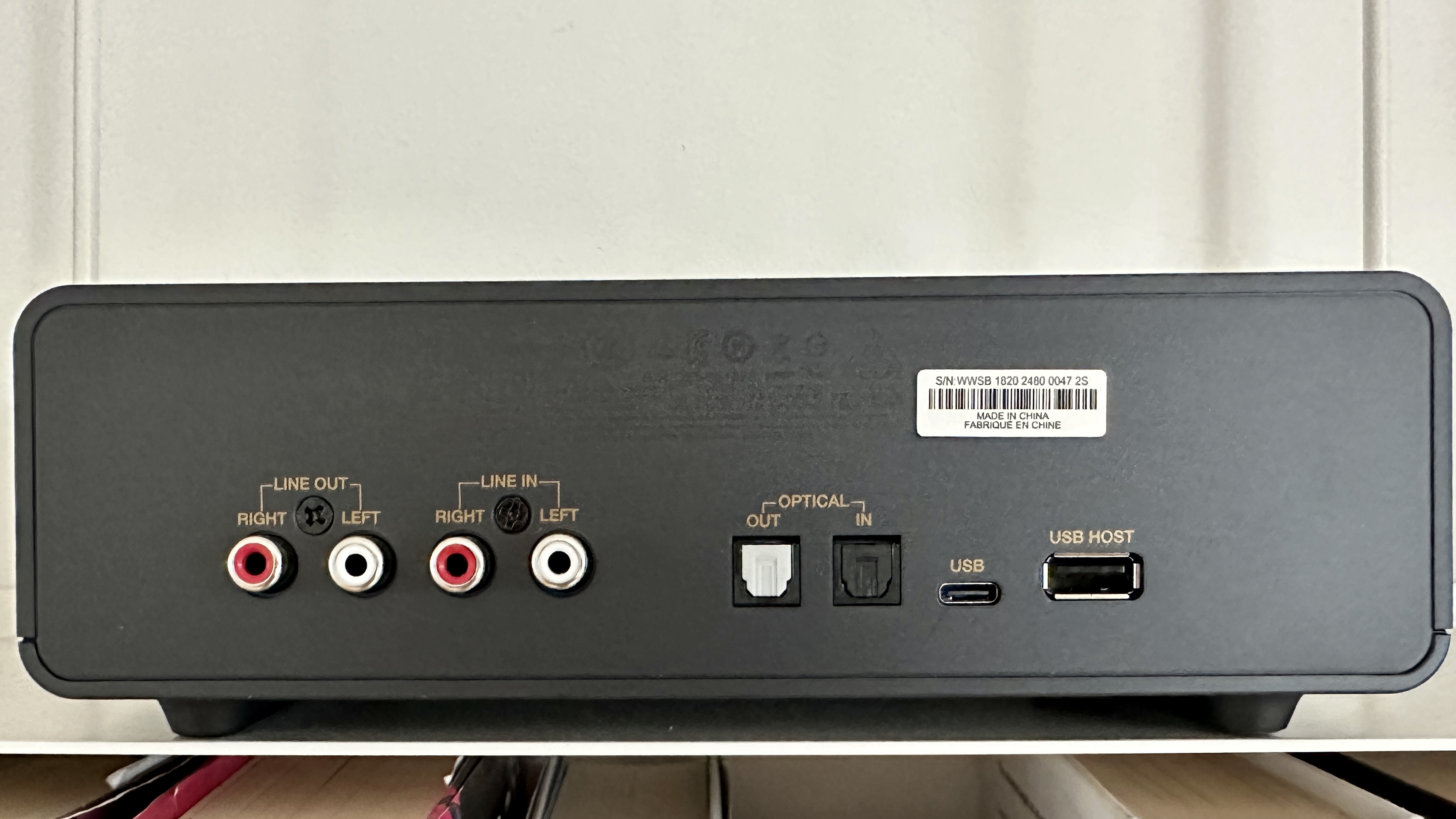
It may feel light and almost flimsy, but there’s no shortage of stuff going on with the SoundBlaster X5 - it’s just that it’s demonstrably not very heavy stuff.
This is a fully balanced, dual-architecture design that uses the proven and well-regarded Cirrus Logic CS43189 DAC chip - one for each stereo channel, in fact. So there’s compatibility with digital audio file sizes of up to 32bit/384kHz and DSD256. The headphone amplification, meanwhile, is of Creative’s own ‘Xamp’ design, and is arranged to minimise both crosstalk and electrical noise.
The fascia features three gold-plated sockets. Two are headphone outputs (3.5mm unbalanced and 4.4mm balanced), and the other is a 3.5mm mic input. On the rear panel, there are line-level stereo RCA inputs and outputs, digital optical inputs and outputs, a USB-C socket (which handles both data transfer and power supply) and a USB-A slot. This can be used by speakers, headsets, Bluetooth transmitter dongles or what-have-you - as it stands, the X5 is ‘just’ a Bluetooth receiver. And while it uses Bluetooth 5.0 for wireless connectivity, it’s inexplicably only compatible with the humdrum SBC codec.
Each of the four inputs - stereo RCA, digital optical, mic and Bluetooth - is open at all times, rather than needing to be selected. This allows Creative to offer a ‘mixer’ feature - if you have more than one incoming signal, you can mix each of their volume levels relative to each other. And it’s possible to set discrete mixes for listening/monitoring and for recording at the same time.
Creative SoundBlaster X5 review: Performance
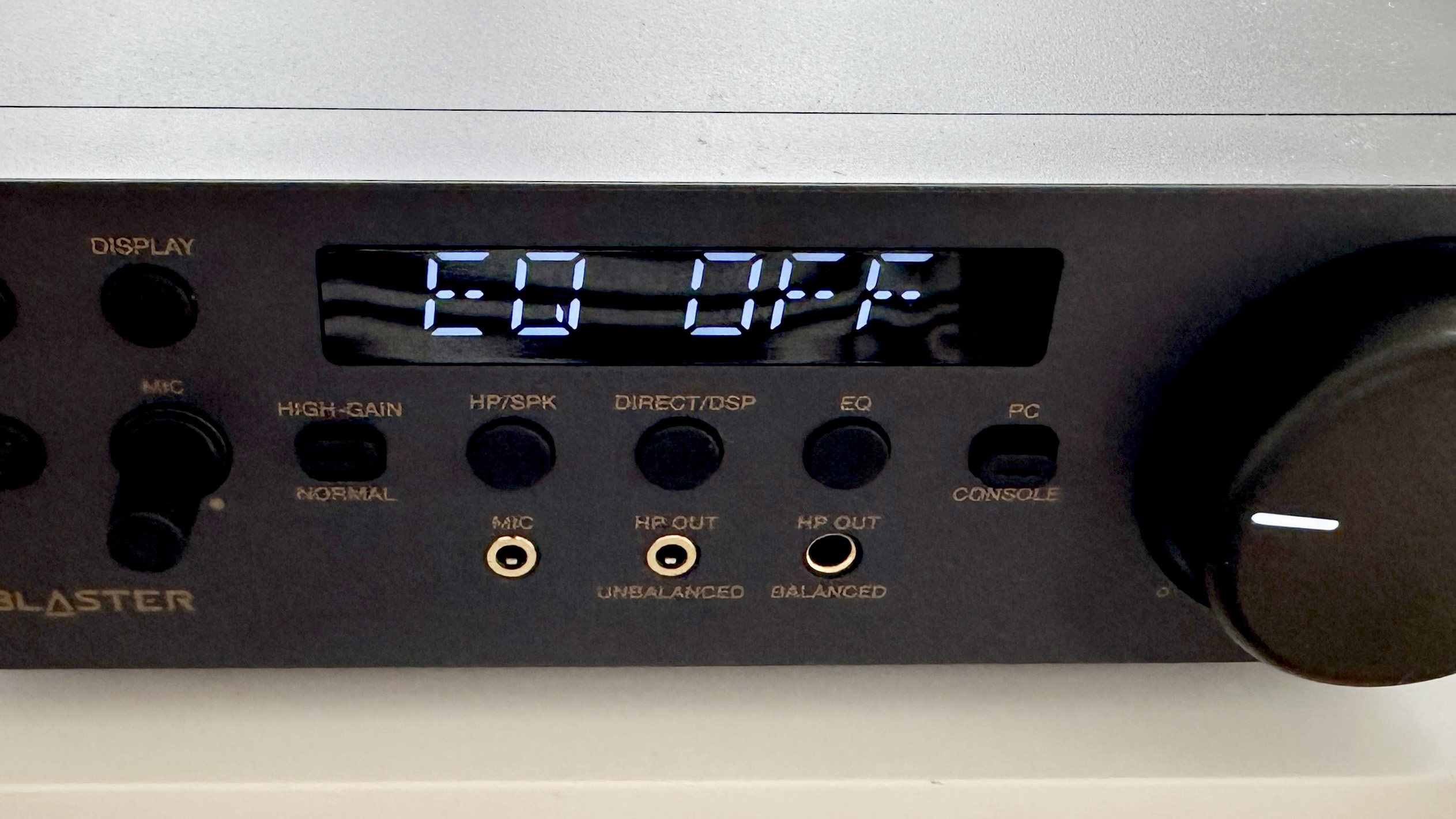
First things first (and it’s impossible to overstate this): the sonic performance of the Creative SoundBlaster X5 is entirely in thrall to its power supply. It receives its juice via its USB-C input - and if power is coming from, say, a USB hub running multiple inputs, the X5 is comprehensively hamstrung. If you want to hear it at its best, you need clean power and plenty of it.
So let’s assume you’re doing the right thing as far as power is concerned. Let’s assume you’re doing the right thing by getting some genuinely high-resolution digital audio on board via one of the physical digital inputs and then sending it out again to a decent pair of the best headphones or a capable stereo system. And let’s assume you’re in no way interested in an SBC Bluetooth wireless connection.
If the above is the case, you’ll find the X5 to be a balanced and quite nicely judged listen. Its handling of the frequency range is consistent, it’s capable of retrieving and revealing a fair amount of fine detail, and it can generate a big, well-defined soundstage (as long as you leave the ‘virtual surround’ options alone). It’s not especially dynamic and it lacks out-and-out attack, but it summons decent rhythmic expression and is capable of quite impressive insight. Timing and integration of the frequency range is admirable too.
(If you’re using headphones, all of the above also holds true for the 4.4mm balanced output. If you use the 3.5mm unbalanced alternative, there’s a fair amount of drop-off where scale and detail retrieval in particular are concerned. And this is apparent even if you use precisely the same headphones attached to different cables.)
The gaming experience is equally impressive in many ways. The ability to adjust mic response, to focus on specific elements or frequency areas of a soundtrack, contributes positively and significantly. And the amount of adjustability that’s available in the control app (especially the full-fat desktop version) means it’s always possible to tweak the experience for greater detail, greater fidelity or greater insight.
Downsides - and there are a few - are mostly around operability. The volume control, for instance, is rather a blunt instrument - and when using a source that has a gain control of its own, the X5’s volume control is very easily befuddled. Set the Creative’s volume control to ‘12 o’clock’, say, and then adjust your source’s volume control afterwards - ‘12 o’clock’ then becomes ‘zero’ - so unless you turn the volume control of both the X5 and the source player to ‘zero’ when you’re changing headphones, for example, there will be a noticable and unrequested increase or decrease in the level of output.
And even if you do set all volume levels to ‘zero’, there’s a consistent and quite loud ‘pop’ each and every time you plug in or unplug a pair of headphones. It’s not good for your hearing, it’s not good for your headphones, and there seems no way to defeat it.
Creative SoundBlaster X5 review: Design & Usability
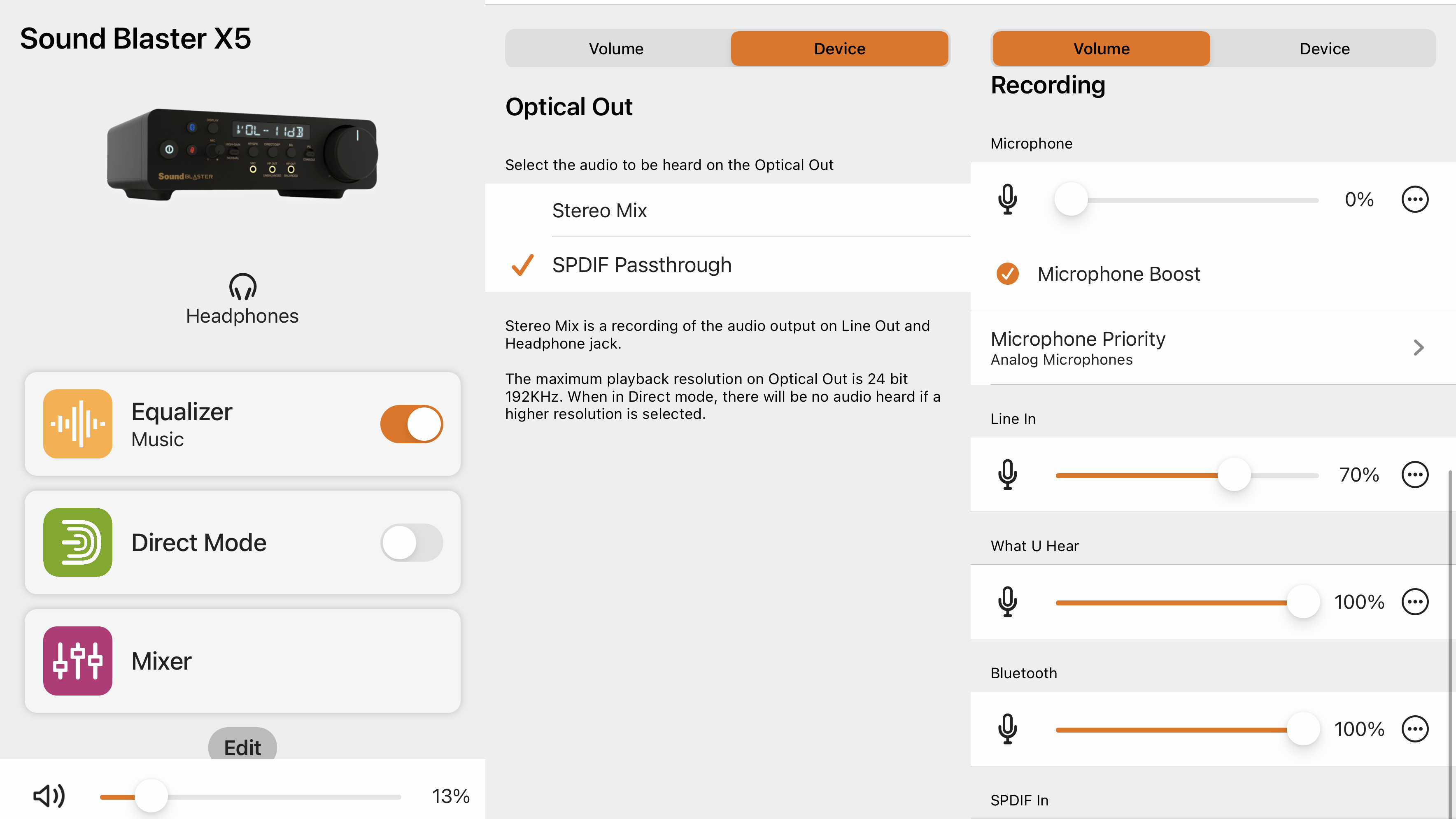
It’s fair to say there’s nothing disappointing about the way the SoundBlaster X5 is designed. It’s desktop-friendly (at 216mm x 72mm x 170mm) and its fascia controls are fairly big, clearly labelled and operate reliably.
But where perceived value is concerned, I’m afraid the ‘d’ word is going to have to come out - the SoundBlaster X5 is built from hard, resonant plastic that feels anything but special, and it’s so light as to feel almost empty. There’s nothing tactile about this device, no physical suggestion that you’ve paid what amounts to ‘proper’ money for it.
Getting what you want from the X5 couldn’t be any more straightforward though - which is commendable, especially when you consider the functionality and remarkable amount of customisation options you have available.
The front panel features a big, fairly bright display that lets you know what’s what. There are buttons for ‘power on/off’, ‘Bluetooth pairing’, ‘display’ (to scroll through the relevant information) and ‘mic mute’. There’s a ‘gain’ switch (helpful for more demanding headphones), a ‘direct/DSP’ button (where you can access preset EQs), a big volume dial, a button to cycle between ‘headphones’ and ‘speaker’ output (although ‘speaker’ really means the stereo RCA outputs), and a control to select either ‘PC’ or ‘console’ (as long as ‘console’ means PlayStation 4 or PlayStation 5), and a mic gain control.
Which may seem like a fairly thorough selection of controls - but in fact it’s far from complete. There’s a free control app for iOS and Android mobile devices which adds some further control where EQ setting and mixing is concerned, and there’s an even more comprehensive version for Android, Mac and Windows computers - and it’s free too. It’s here you get access to stuff like ‘virtual surround sound’ for use with headphones, to scores of acoustic settings, and to some gamer-centric stuff like boosting the sound of footsteps when playing FPS games. You can also alter the sound of your voice if you’re using a mic (perhaps during gaming, but also when making calls or teleconferencing) - do you want to sound like a robot, for example? Who wouldn’t?
Creative SoundBlaster X5 review: Verdict
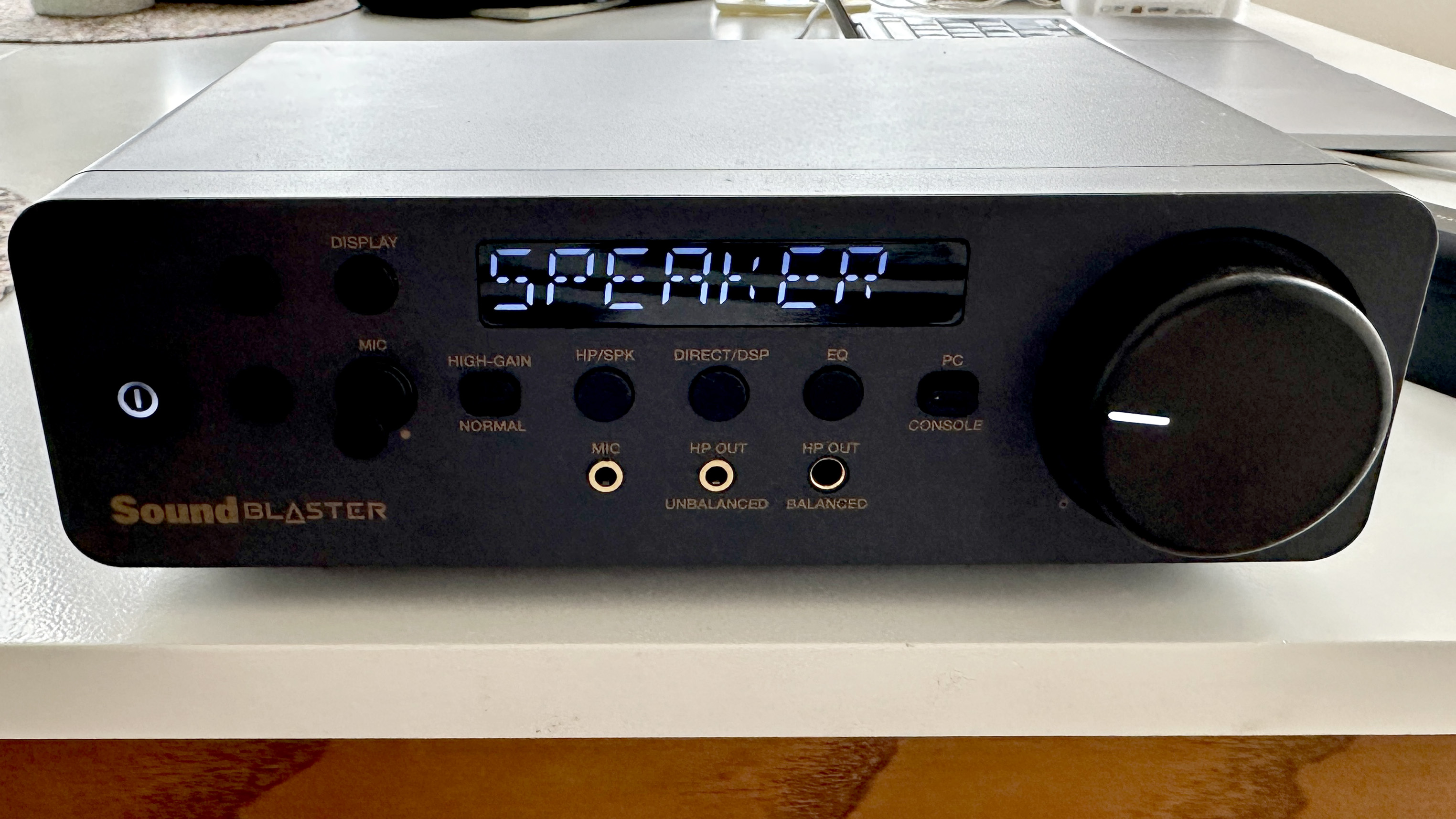
There’s just no arguing with the scope of the Creative SoundBlaster X5’s functionality - so if you need to do all the things it can do, there’s a good chance you’ll be able to overlook the fact that it feels much less expensive than it is.
Whether or not you can reach an accommodation with its requirements regarding power, as well as its determination to thump and pop whenever you change headphones, is a slightly different matter though.
All in all, for gamers this desktop DAC is a potentially sensible solution as it's unlike anything else on the market - and that's where it'll earn most respect.
Also consider
There are plenty of headphone amp/DACs around that cost no more than the X5 and yet can outperform it in purely sonic terms - the iFi Zen DAC is just one example. But the headphone amp/DACs that can maximise your gaming experience are considerably thinner on the ground - and those that can make you sound like a robot (or a Marine, or an Orc, for instance) when you’re using a mic are even rarer.
Sign up to the T3 newsletter for smarter living straight to your inbox
Get all the latest news, reviews, deals and buying guides on gorgeous tech, home and active products from the T3 experts
Simon Lucas is a freelance technology journalist and consultant, with particular emphasis on the audio/video aspects of home entertainment. Before embracing the carefree life of the freelancer, he was editor of What Hi-Fi? magazine and website – since then, he's written for titles such as Wired, Metro, the Guardian and Stuff, among many others. Should he find himself with a spare moment, Simon likes nothing more than publishing and then quickly deleting tweets about the state of the nation (in general), the state of Aston Villa (in particular) and the state of his partner's cat.
-
 Polar’s new subscription feature lands in the shadow of Garmin’s Connect+ rollout
Polar’s new subscription feature lands in the shadow of Garmin’s Connect+ rolloutPR genius or timing disaster? Polar’s new Fitness Programme adds adaptive training to its ecosystem
By Matt Kollat Published
-
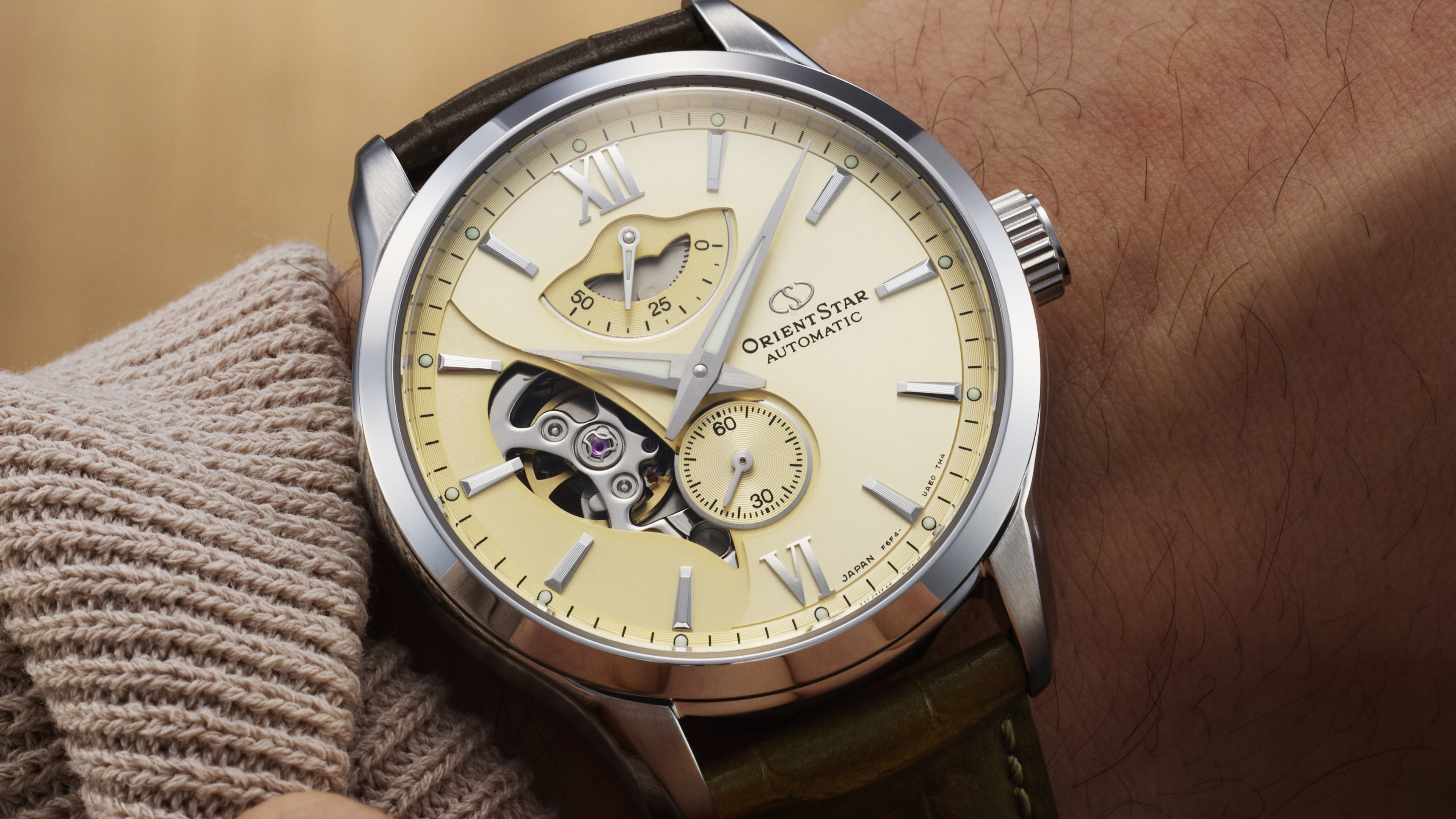 New Orient Star watches offer a glimpse of the magic within
New Orient Star watches offer a glimpse of the magic withinThere are two new skeleton pieces
By Sam Cross Published
-
 Netflix's most surprising 100%-rated sci-fi series returns with gorgeous trailer
Netflix's most surprising 100%-rated sci-fi series returns with gorgeous trailerLove Death + Robots is back for more
By Max Freeman-Mills Published